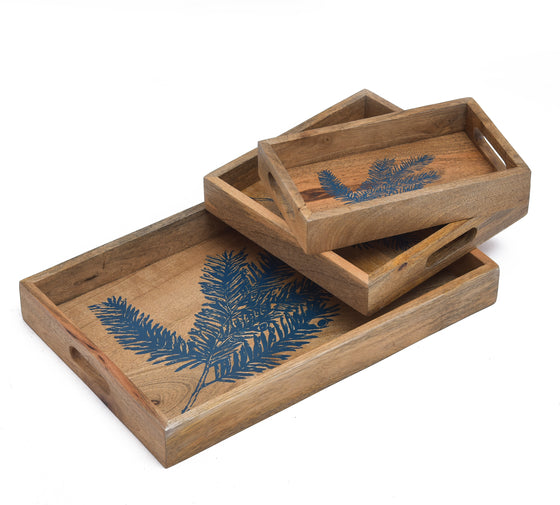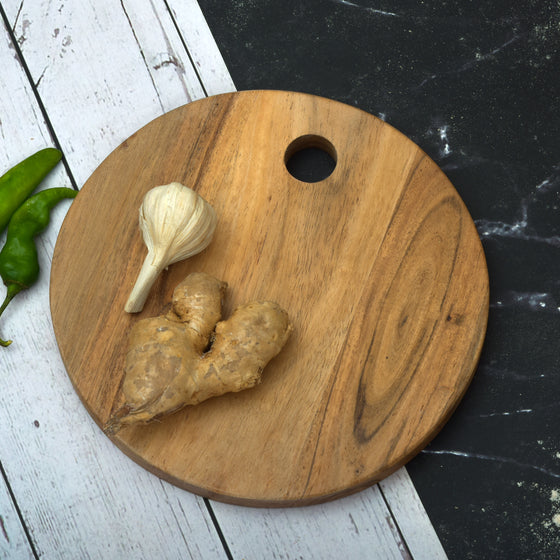The Ultimate Guide to Buying a Chopping Board: What to Look For

Introduction: In the realm of kitchen essentials, a chopping board holds a place of undeniable importance. Whether you're a seasoned chef or an occasional cook, having the right chopping board can significantly impact your culinary experience. With a myriad of options available, it's crucial to know what to look for when choosing the perfect chopping board for your kitchen. In this guide, we'll explore the key factors to consider to ensure you make an informed and satisfying purchase.
-
Material Matters: Chopping boards come in various materials, each with its unique set of advantages. Common options include wood, bamboo, plastic, and composite materials. Wooden boards are known for their durability and aesthetic appeal, while bamboo is eco-friendly and resistant to bacteria. Plastic boards are lightweight and easy to clean, making them a practical choice for everyday use. Consider your preferences and cooking habits when selecting the material that suits your needs.
-
Size and Thickness: The size and thickness of a chopping board can significantly impact its usability. Larger boards provide ample space for chopping, slicing, and dicing, while smaller ones are ideal for more precise tasks. Additionally, the thickness of the board influences its sturdiness. Thicker boards are generally more durable and less prone to warping. Choose a size and thickness that aligns with the type of cooking you do most frequently.
-
Knife-Friendly Surface: A good chopping board should be gentle on your knives while still providing a sturdy surface for cutting. Hardwood boards, such as those made from maple or oak, are known for being knife-friendly and less likely to cause blade damage. However, bamboo and some high-quality plastic boards are also designed to be gentle on your knives.
-
Ease of Cleaning: Hygiene is a top priority in the kitchen, so opt for a chopping board that is easy to clean and maintain. Some materials, like plastic, are dishwasher-safe, offering a convenient cleaning solution. Wooden and bamboo boards may require handwashing to preserve their integrity. Consider your lifestyle and choose a board that aligns with your cleaning preferences.
-
Anti-Slip Features: Safety is paramount, especially when handling sharp knives in the kitchen. Look for chopping boards with anti-slip features, such as rubberized edges or grips, to prevent accidents during food preparation. A stable chopping board ensures that you can focus on the task at hand without worrying about slips and slides.
-
Versatility: Consider how versatile you want your chopping board to be. Some boards come with features like built-in compartments for collecting chopped ingredients or reversible surfaces for handling different types of food without cross-contamination. Assess your cooking style and choose a board that complements your needs.
-
Durability and Longevity: Invest in a chopping board that stands the test of time. While the initial cost may be higher for some high-quality materials, the durability and longevity they offer make them a worthwhile investment. A durable chopping board not only saves you money in the long run but also ensures a reliable and consistent kitchen companion.
Conclusion: Choosing the right chopping board is an essential step toward creating a functional and efficient kitchen space. By considering factors such as material, size, knife-friendliness, ease of cleaning, anti-slip features, versatility, and durability, you can make a well-informed decision that enhances your cooking experience. Whether you're a culinary enthusiast or a casual home cook, a carefully chosen chopping board will undoubtedly become an invaluable tool in your kitchen arsenal. So, the next time you're in the market for a chopping board, keep these key considerations in mind to ensure you find the perfect fit for your culinary needs.

















